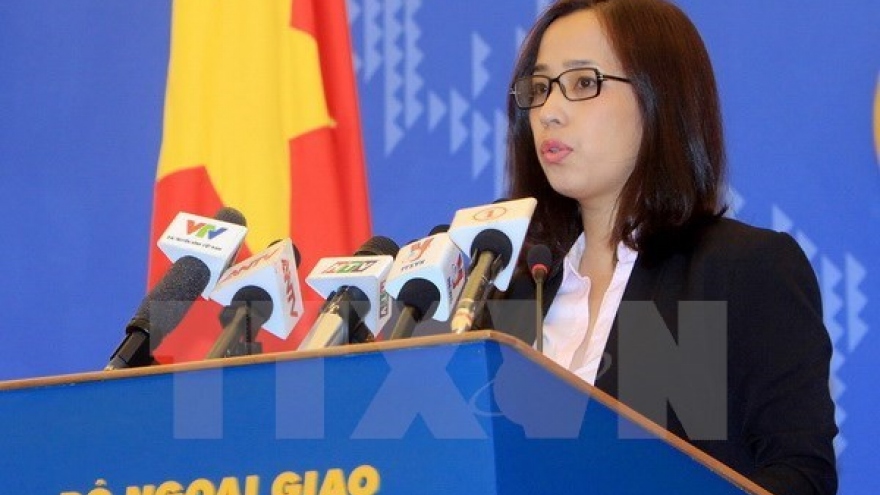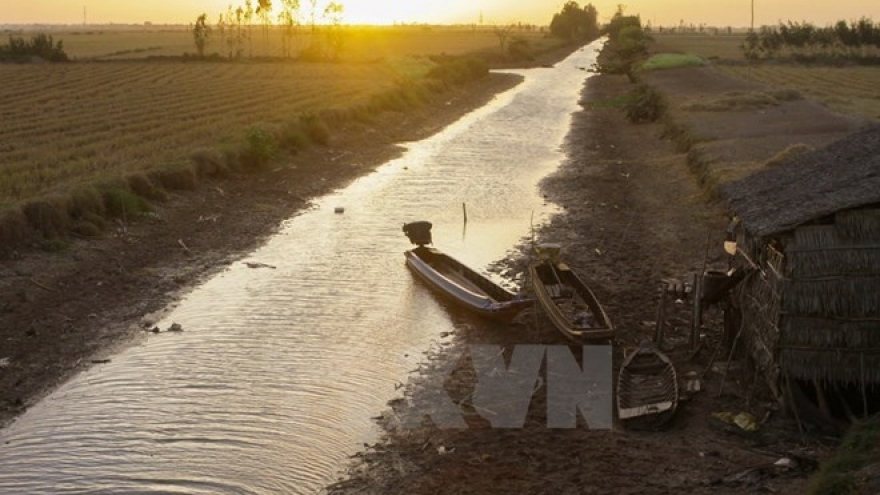China’s water discharges highly anticipated
China’s promised water discharges from its Jinghong Hydropower Station to the lower reaches of the Mekong River from March 15-April 10 are highly anticipated by local authorities and people in Vietnam’s Mekong Delta localities.
However, To Van Truong, former head of the Southern Institute for Water Resources Planning estimated that only about 3% to 4% of the water discharged from the Jinghong Hydropower Station will make its way to the Mekong Delta Region of Vietnam.
Meanwhile, Tran Anh Tuan, deputy head of the Research Institute for Climate Change of Can Tho University stressed that Thailand, Laos and Cambodia, who share the Mekong River with China, Myanmar and Vietnam, are also suffering from severe drought and will be the first to exploit the released water.
Dao TrongTu from the Vietnam River Network said that desalination in the region requires huge flows of water. Therefore, he said, the work cannot be completed with only 2,000 or 4,000 cu.m of water.
 |
Due to El Nino impacts, rainfall in the region dropped from 20-30% compared with the average figure recorded in previous years. Water levels of the Mekong River have also halved in the Vietnamese stretch, resulting in salt intrusion in the Mekong Delta region.
In many areas, intrusion has crept up to 70-90 km inland, about 15-20 km further than the yearly average.
Drought and salinisation have seriously affected the daily lives of people in 10 out of the 13 Mekong Delta provinces, with nearly 160,000 hectares of rice destroyed by the phenomenon, from the end of last year till now, the Ministry of Agriculture and Rural Development reported.
Against this backdrop, Vietnam proposed that China discharge more water from its hydropower station reservoir.
In reply, the Chinese side agreed to release water from its dam to the lower reaches of the Mekong River from March 15-April 10.
On March 15, Vietnamese Foreign Ministry’s Vice Spokesperson Pham Thu Hang stated that Vietnam welcomes China’s plan to release water from its Jinghong Hydropower Station reservoir into the lower Mekong River in order to deal with drought in the country.
The protection and sustainable use of water in the Mekong River is the responsibility shared by countries along the river, to harmonise the interests of relevant nations and regional people’s lives, she said.


